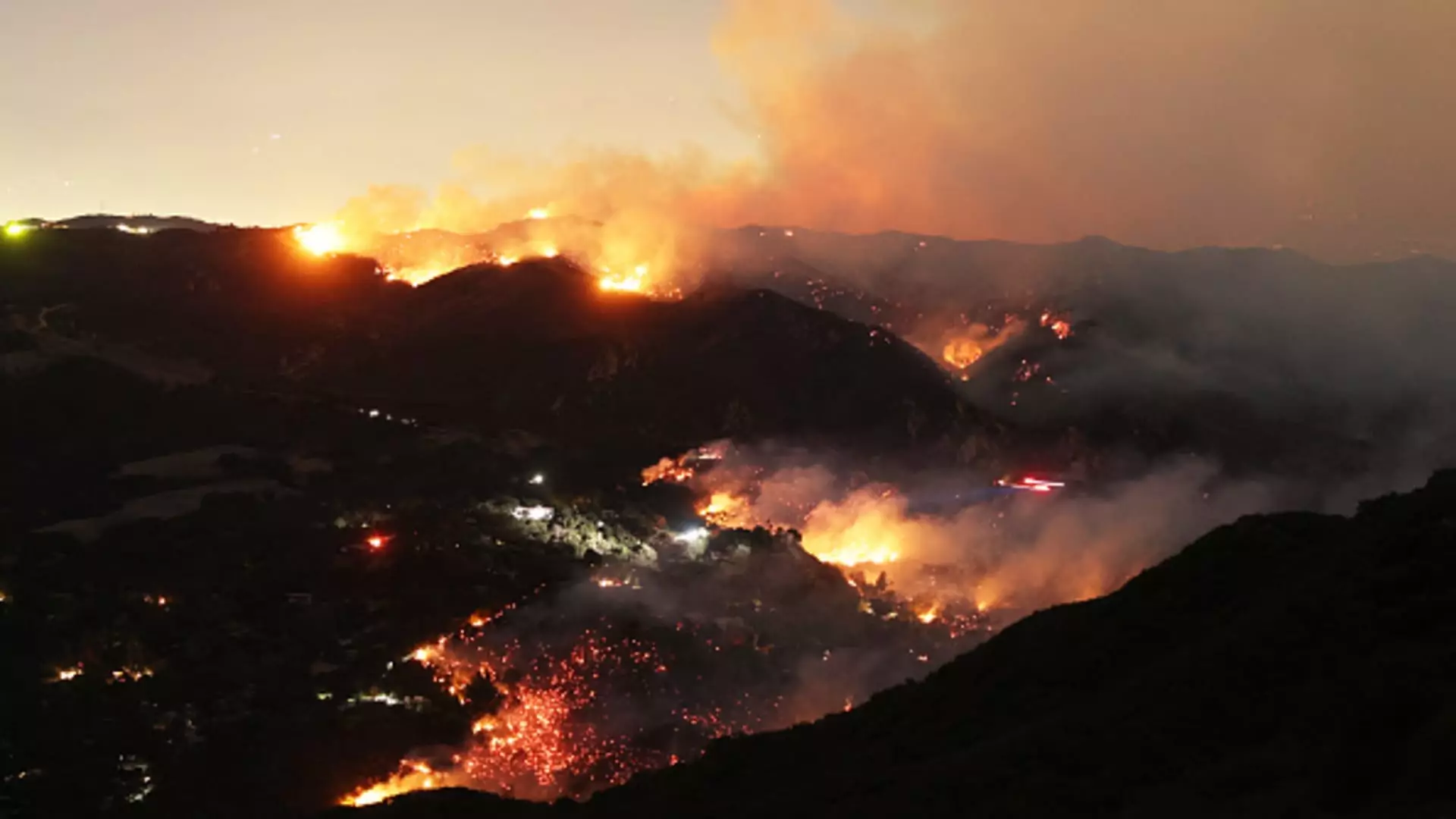The recent wildfires that have devastated Southern California are not just a natural disaster; they are a profound challenge that affects every facet of life for the thousands impacted. As firefighters continue their tireless efforts to quell the raging flames, communities grapple with the immediate fallout and long-term ramifications. This article examines the financial implications of these fires, primarily focusing on the insurance process and the necessary steps for recovery.
The wildfires in the Greater Los Angeles area have wrought havoc, scorching roughly 40,000 acres and destroying over 12,300 structures. These figures, reported by major news outlets, underline a disaster of monumental proportions. With approximately 88,000 residents under evacuation orders and another 89,000 on alert, the specter of uncertainty looms. In terms of economic impact, the losses are staggering. Estimates indicate that insured losses could exceed $20 billion, with overall economic damages potentially reaching a staggering $60 billion. Such figures present a grim illustration of the crisis facing many communities.
As the fires continue to threaten homes, the immediate priority for residents is not only personal safety but also navigating the convoluted landscape of insurance. Experts emphasize the importance of acting quickly; regardless of the current status of a home—whether it is still standing or has faced destruction—the process of filing a claim should begin immediately. Insurance broker Karl Susman advises affected individuals to prioritize posting their claims, even without complete information at hand. This approach may significantly alleviate some of the challenges posed by the inundation of claims that insurers will undoubtedly face in the coming weeks.
For renters, the recovery steps mirror those of homeowners, with particular emphasis on securing advance compensation through what is termed “loss of use” coverage. Such coverage can provide the necessary funds for temporary housing, serving as a vital lifeline amid chaos. Shannon Martin, an insurance analyst, reiterates that maintaining detailed records of expenses and interactions with insurers is crucial for streamlining the claims process.
Navigating the world of insurance entails understanding the intricacies of one’s policy. It is essential to inquire about specific coverages, such as “loss of use,” and ensure that receipts for temporary expenses are meticulously recorded. Experts assert that comprehensive documentation can significantly ease the stress of claiming losses, leading to a more favorable outcome in the reimbursement process. Douglas Heller, from the Consumer Federation of America, highlights the importance of keeping a detailed log of expenses related to the recovery efforts—right from everyday necessities to rental accommodations.
Additionally, in light of the devastation, it is crucial for those who have suffered extensive damage to contact utility providers to terminate services and ensure that they are not incurring unnecessary costs during the recovery period. With the added complexity of vehicle losses potentially covered under separate auto insurance policies, insured individuals need to differentiate between home and auto policies to fully understand their coverage landscape.
Seeking Assistance Amid Crisis
In unprecedented situations like these wildfires, the potential for federal assistance cannot be overlooked. Federal Emergency Management Agency (FEMA) has stepped in with financial aid, which can provide crucial support for those without insurance or for those whose coverage may not fully encompass their losses. Applications for assistance can be submitted through various channels, including the DisasterAssistance.gov site, highlighting the need for affected individuals to familiarize themselves with available resources.
Local community support also plays an invaluable role in recovery efforts. With various workshops, local charities, and the Insurance Commission of California stepping in to provide resources and guidance, individuals are encouraged to seek help from these avenues. These organizations aim to connect residents with vital information about filing claims and securing aid after such tragedies.
Long-Term Recovery and Resilience
While short-term recovery has its own set of challenges, the long-term impact of such disasters is equally significant. As individuals begin to see the smoke clear, they will face the daunting task of rebuilding their lives. Understanding insurance coverage and accessing aid will help facilitate this process, enabling communities to rise from the ashes. Investing in preventive measures, insurance literacy, and strong community support can pave the way for a more resilient future.
As fires continue to test the limits of communities in Southern California, the path to recovery is fraught with challenges. However, by taking prompt action, leveraging available resources, and fostering a spirit of resilience, affected individuals can navigate the complex aftermath of these devastating wildfires. Through collective efforts and informed decision-making, communities can emerge stronger, equipped to face not only the challenges of today but those of the future.


Leave a Reply